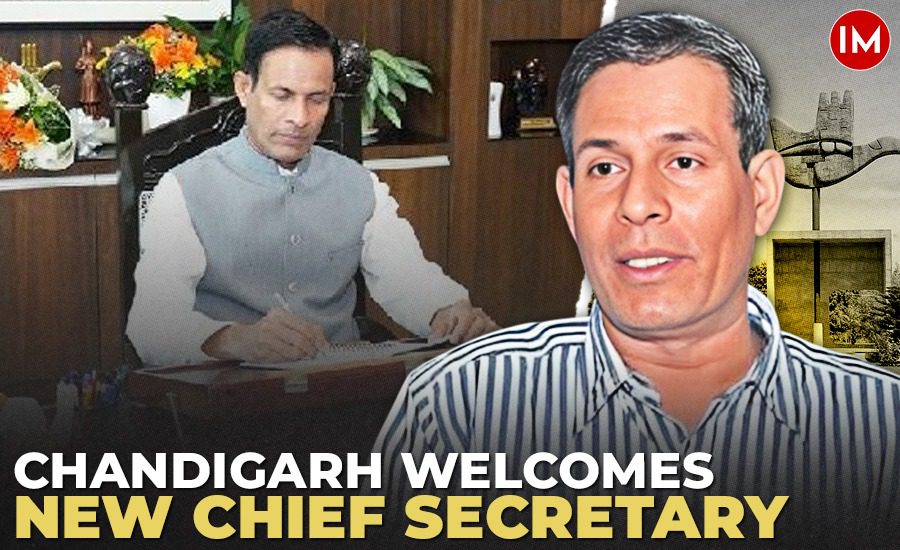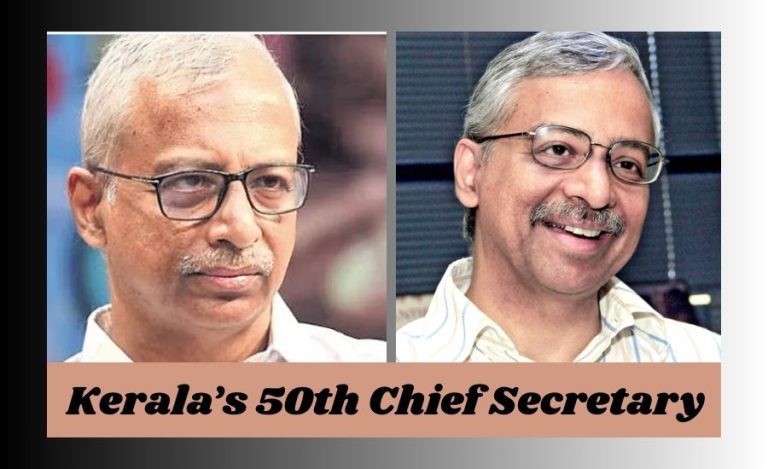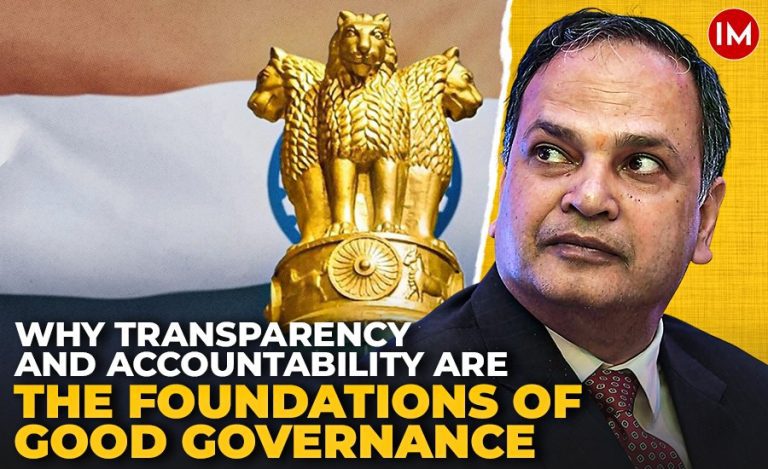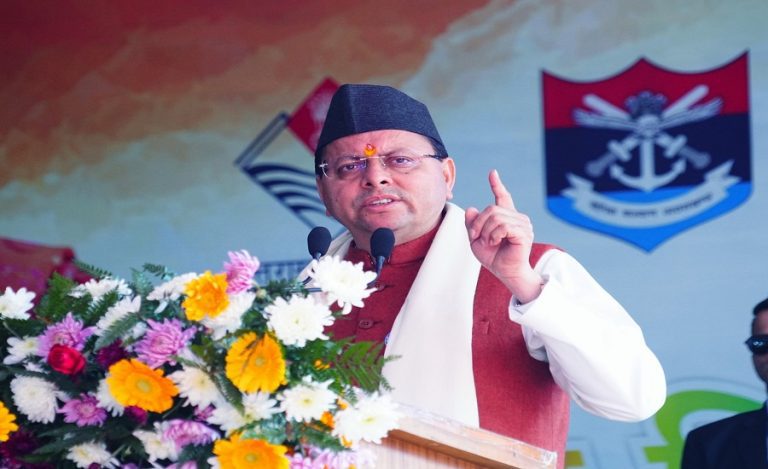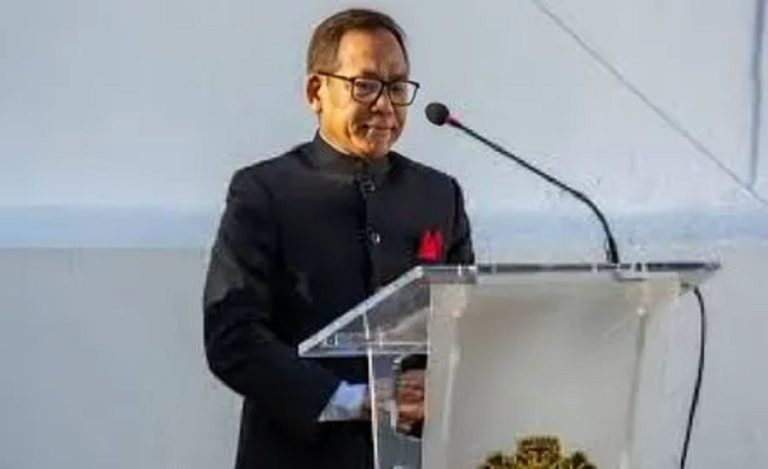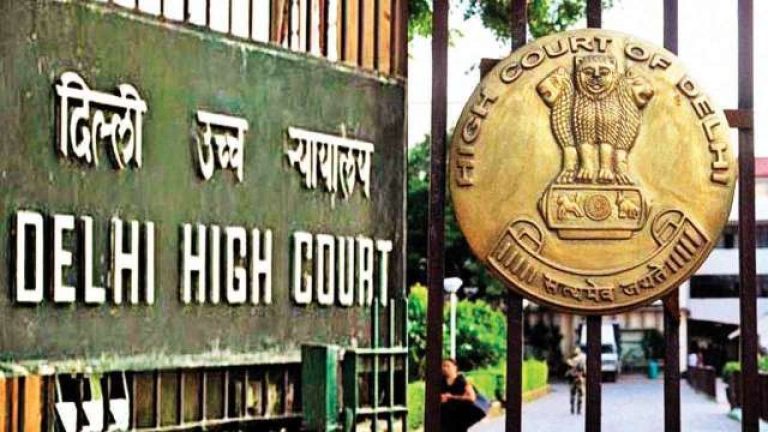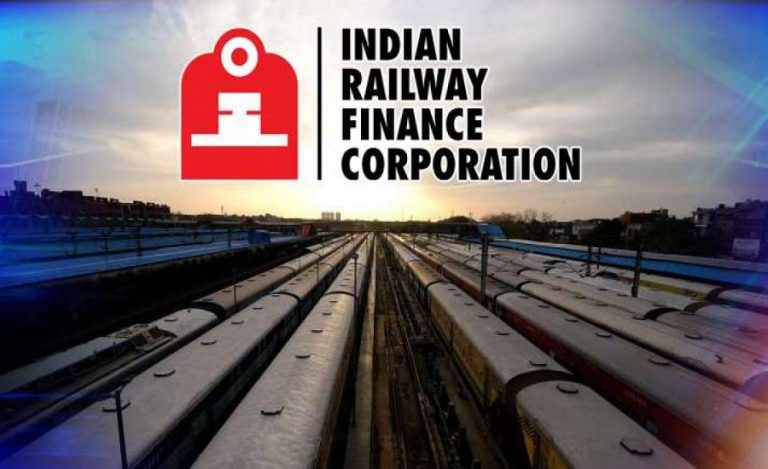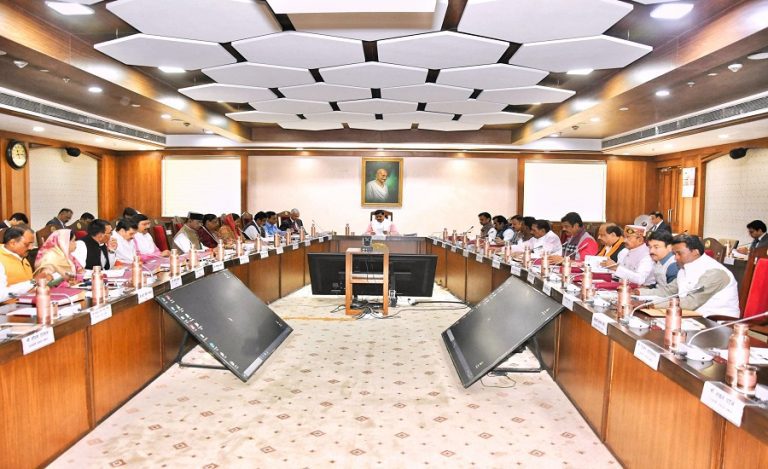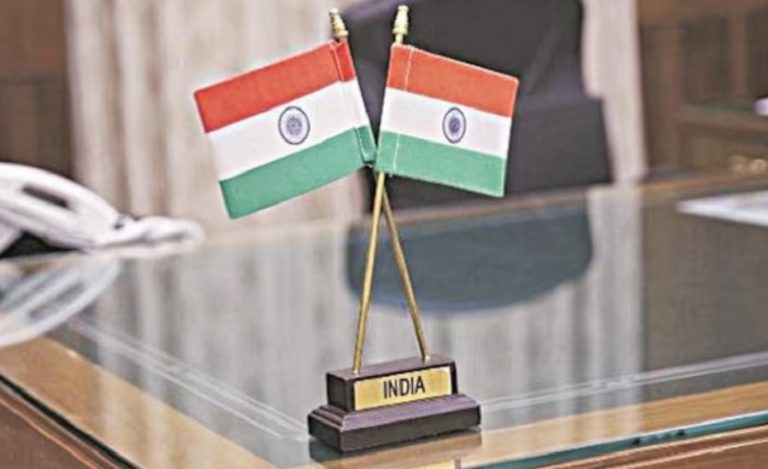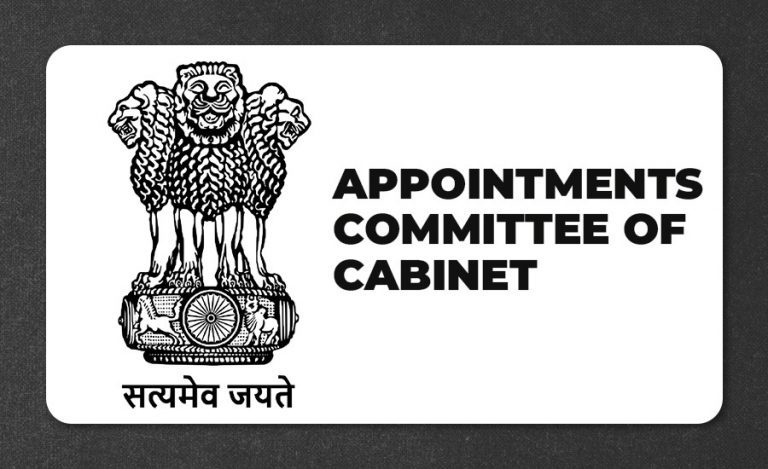On a crisp October morning, the gates of the Chandigarh Secretariat stood in formal anticipation. Flagstaffs fluttered, security lines aligned, and murmurs rippled through the corridors: a new Chief Secretary had arrived. Enter Shri H. Rajesh Prasad, stepping from the foyer into the hall of power with brisk confidence. He paused just long enough, saluted, scanned the row of officers, and then slipped seamlessly into work mode. No grand speech, no pomp beyond protocol. Just purpose.
For Chandigarh, that moment marked the start of a new administrative pulse.
FROM KARNATAKA TO THE AGMUT CADRE
Born on 1 June 1967 in Karnataka, Rajesh Prasad’s early life remains modest in public record. He pursued a Bachelor of Commerce, then an LL.B, and later earned MBA (Finance) from IGNOU and MBA (Public Management) from Pondicherry University. These dual management credentials, alongside legal and commerce training, would become the backbone of his versatile approach to governance.
In 1995, Prasad entered the IAS, allotted to the AGMUT cadre, a unique and varied jurisdiction spanning Arunachal Pradesh, Goa, Mizoram and Union Territories. The early postings would send him across terrains, literal and bureaucratic, that demanded adaptability more than comfort.
THE MAKING OF AN URBAN ADMINISTRATOR
Prasad’s administrative journey was not one of steady linear climbs. It was about constant shifts, hands-on learning, and city-building. Early roles included district-level administration, municipal oversight, and urban governance positions.
He served as District Collector (South Delhi) and held responsibilities in Urban Development, Trade & Taxes, and related policy units. In these assignments, he sharpened capabilities to coordinate across departments, balance budgets, and execute civic growth.
Time in the national capital also exposed him to the complexity of metropolitan systems such as traffic, density, and fiscal constraints: lessons he would carry forward.
Later, his assignments in Arunachal Pradesh and other UTs pushed him into terrain governance, infrastructure planning and inter-territorial coordination. In each shift, the pattern was clear: wherever systems needed tightening, he was placed.
Leading In J&K’s Energy Sector
Perhaps the most telling chapter before Chandigarh was his stint in Jammu & Kashmir. From 22 September 2022, Prasad served as Principal Secretary, Power Development Department. The winter demand surges, grid stability, and curtailment challenges tested his mettle.
Under his oversight, the department pushed modernization initiatives, sought efficiency in distribution, and worked toward reducing power cuts. He became known for engaging technical teams directly, demanding real-time metrics, and pushing constrained budgets to meet tough deadlines.
This phase enlarged his portfolio beyond urban infrastructure, into the technical, regulatory, and energy sectors, making him a hybrid administrator: part planner, part technocrat.
STEPPING INTO CHANDIGARH’S CENTRE STAGE
When the Ministry of Home Affairs cleared his appointment in early October 2025, many in the bureaucracy noticed that this was not routine. From day one, Prasad’s signals were clear: he would not be content with zero action.
On day one, he held back-to-back meetings across core departments like engineering and urban planning, health, police, education, finance, and transport. He ordered full audits, asked for timelines, and pressed each department for project status reports. To the engineering wing, he underscored the urgency of proposals needing MHA concurrence, and emphasized that vacant technical posts be filled to get stalled projects back on track.
Among the assignments he flagged was the Capitol Complex, a prized heritage precinct. He nudged preservation efforts while concurrently pushing modernization of utility systems.
A LEADER WHO LISTENS
Prasad does not rely on theatrics. His strength lies in movement, in momentum. Rather than making major proclamations, his early days in Chandigarh have been marked by swift and focused action.
He has conducted rapid-fire departmental reviews, closely monitored budget benchmarking and utilization, and concentrated on removing administrative bottlenecks. Prasad has given clear directives to fill vacant positions promptly and has been actively involved in engineering and technical decisions, ensuring that projects move forward efficiently.
His reputation fosters the sense of a working administrator more than a distant authority.
CHALLENGES AND OPPORTUNITY
Chandigarh’s governing structure is unique: a Union Territory with a city’s ambitions and heritage to protect. Among the issues awaiting him are infrastructure upgrades and urban renewal, balancing heritage conservation with modernization, and completing stalled projects under MHA oversight. He also faces the challenge of ensuring departmental synergy, effective resource allocation, and proper staffing, while bridging the gap between citizen expectations and administrative timelines.
If his first few weeks are any indicator, he aims to be fast-moving, responsive, and exacting.
BETWEEN VISION AND EXECUTION
From his modest Karnataka beginnings to posts across capitals and frontiers, H. Rajesh Prasad arrives in Chandigarh not as a ceremonial head but as an active executor. He is no dreamer, no showman but a manager with tools of law, finance, public systems, and technical departments born of years of shifting roles.
What the people of Chandigarh will watch for is not lofty promises, but speed. Not rhetorical flourish, but results. In that balance between vision and execution lies his test.
If Chandigarh becomes a city whose standard of governance outpaces the benchmark in UTs, his tenure may become a reference point, not for his ideals, but for his follow-through.

